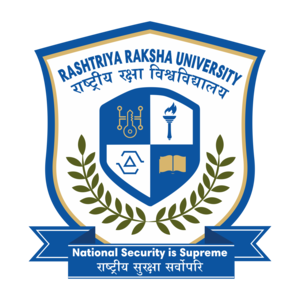In the initial part of the session, he covered fundamental forensic procedures and documentation. He addressed common mistakes and their prevention, emphasizing the importance of meticulous forensic preservation and minimizing errors to the greatest extent possible. His detailed presentation included notable practical cases and shared insights from his work experiences. Additionally, he covered the latest law amendments and changes in forensic procedures. The first session is theoretical and concept-oriented.
In the second part of the technical session, Mr. Alagesan and his team orchestrated a simulated crime scene within the RRU PY campus to provide hands-on training. The officers were divided into five distinct teams, each assigned a practical activity centered around the crime scene. Their primary objective was to analyze the scene meticulously and identify the offender based on the evidence presented. Each team engaged in various investigative techniques, applying their knowledge of forensic procedures to gather clues, document findings, and reconstruct the sequence of events leading up to the crime. The simulation was designed to be as realistic as possible, incorporating elements such as blood spatter patterns, footprints, and other forensic evidence that the teams had to interpret accurately. In addition to the live simulation, some teams were given a series of photographs depicting different aspects of the crime scenes. These teams had to rely solely on the visual evidence to piece together the case and draft detailed reports outlining their conclusions. This exercise tested their ability to observe, analyze, and deduce critical information from limited data. At the conclusion of the exercise, Mr. Alagesan gathered all the teams to review their findings. He provided constructive feedback, highlighting areas where the teams performed well and pointing out common mistakes. He addressed specific errors, explaining the correct procedures and best practices for handling similar situations in real-life scenarios. This debriefing session was interactive, with Mr. Alagesan encouraging questions and clarifying doubts, ensuring that all participants were left with a deeper understanding of forensic investigation techniques.














.JPG)
.jpeg)

0 Comments